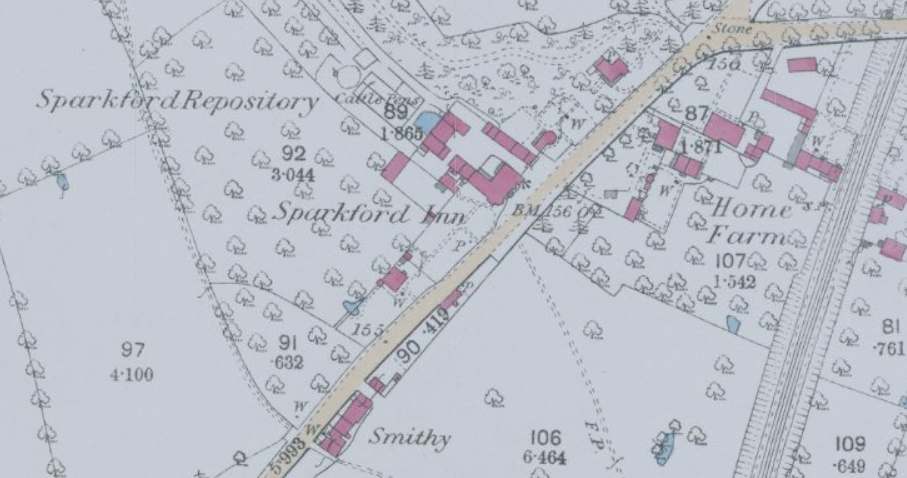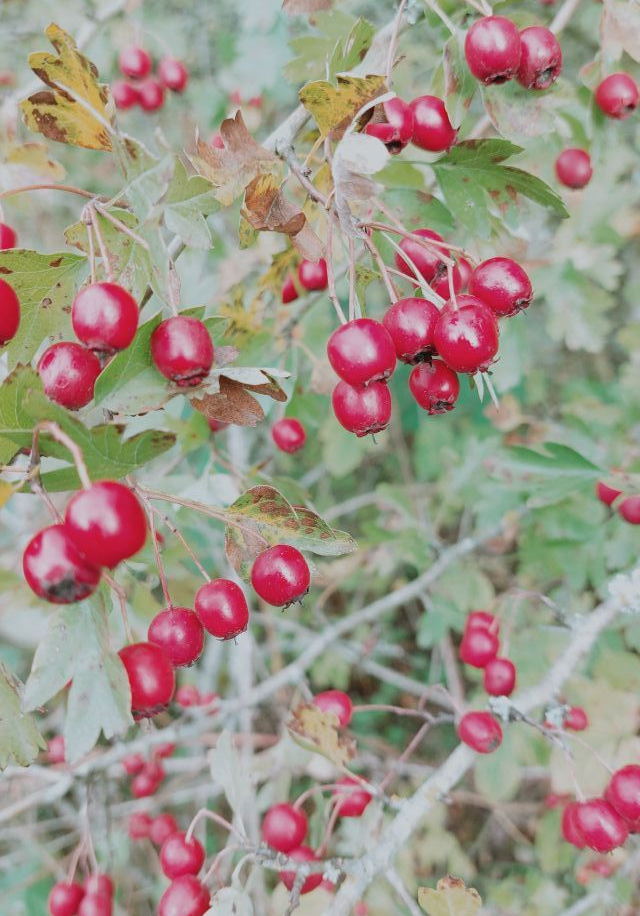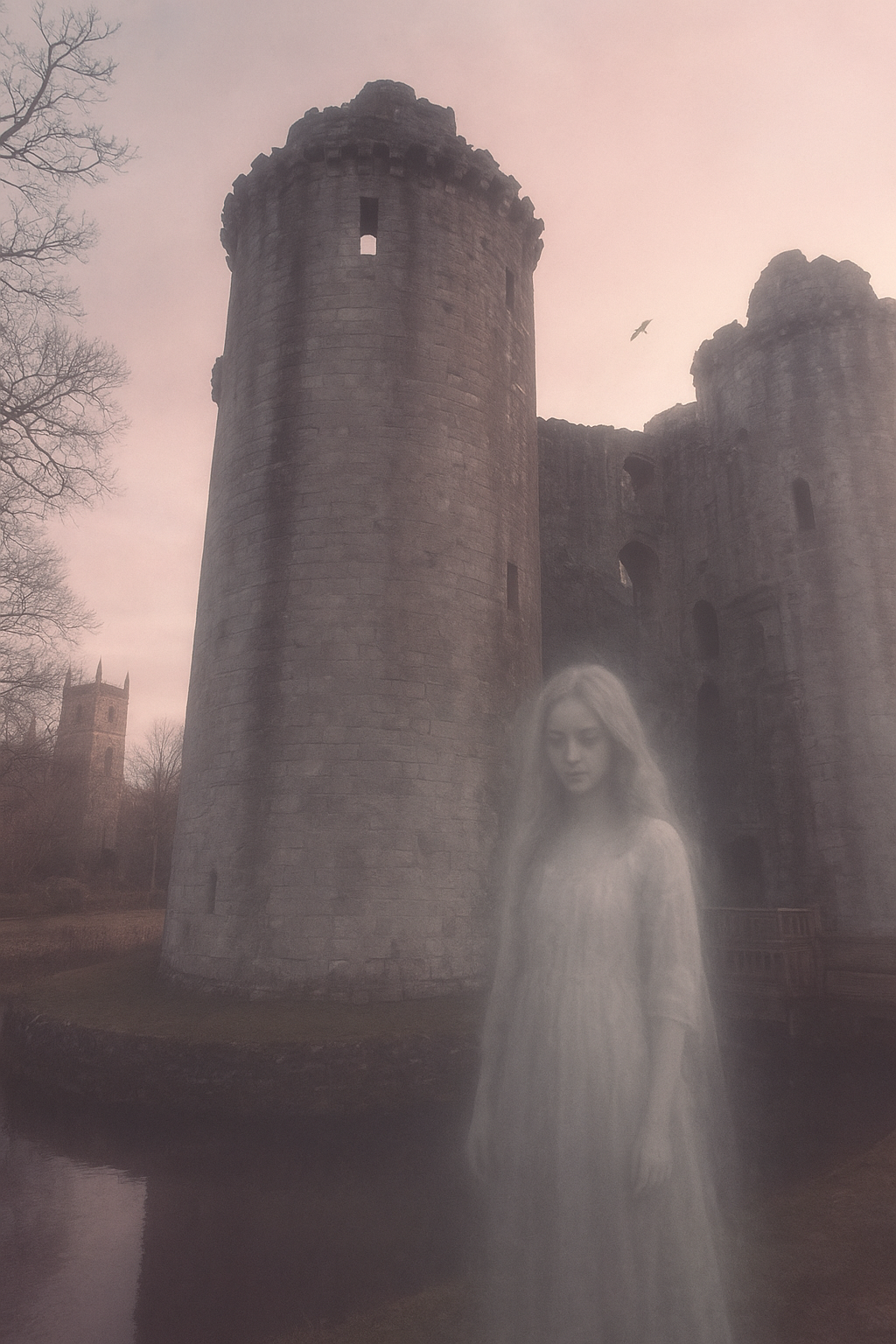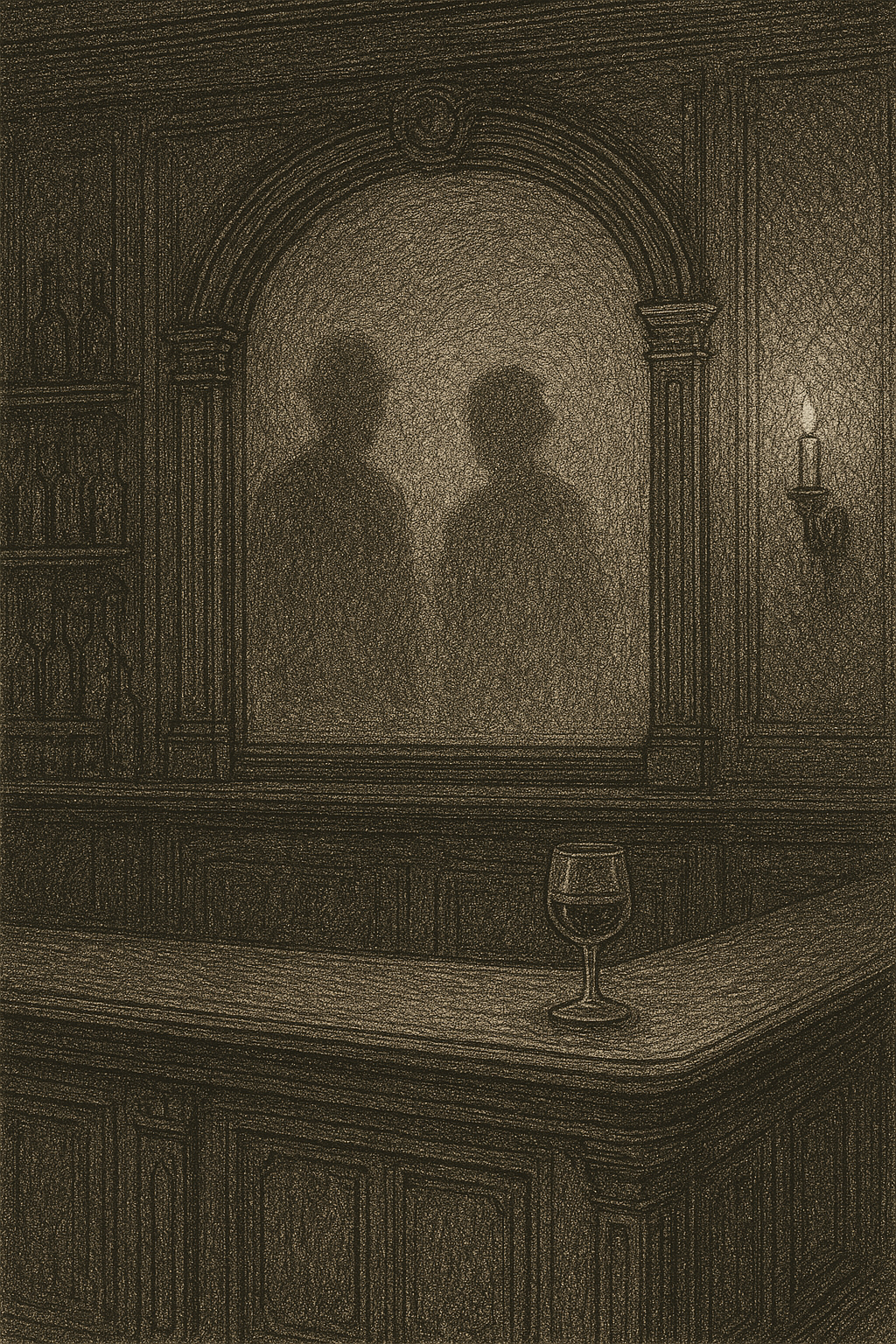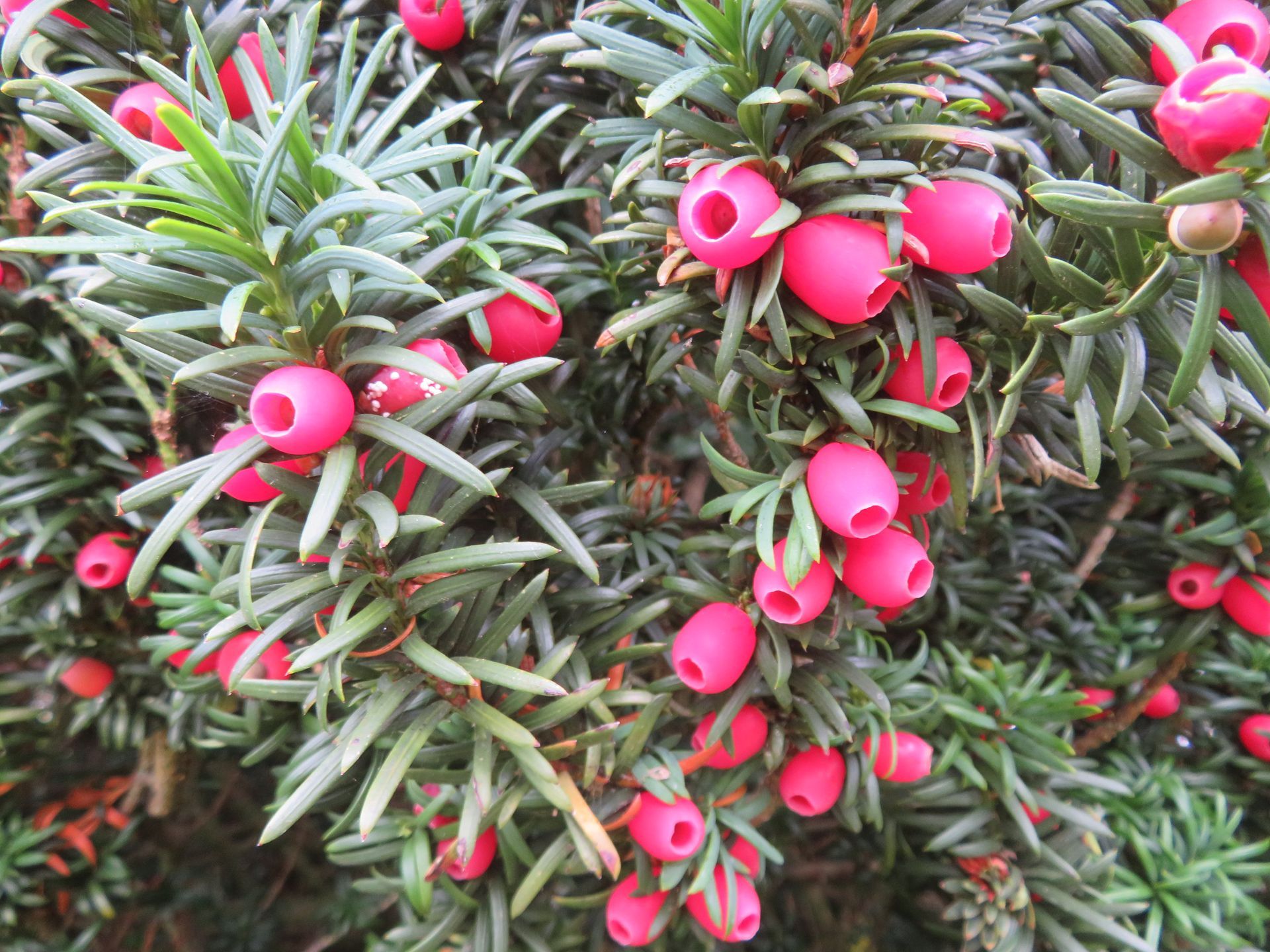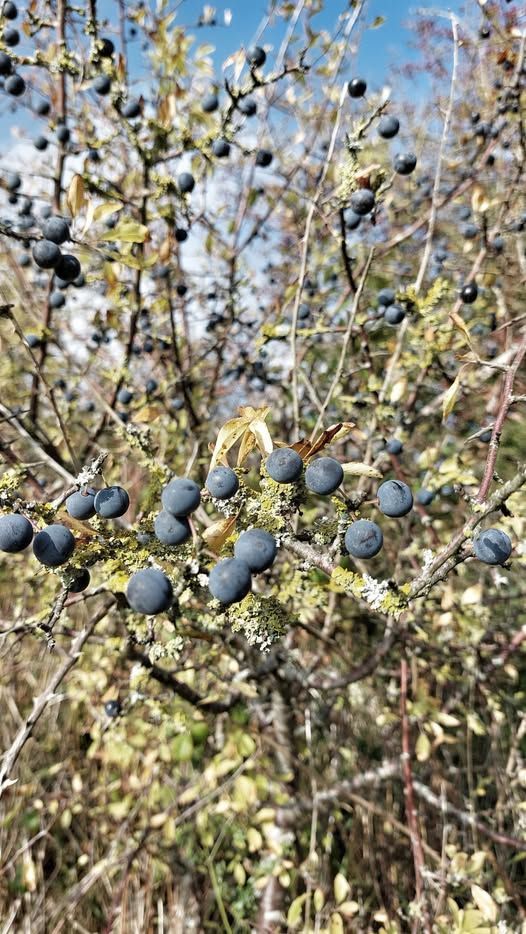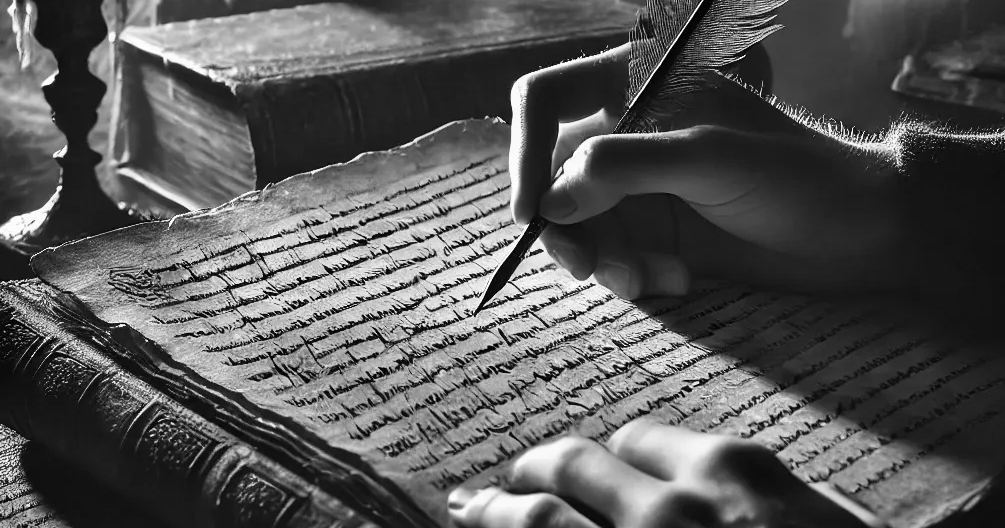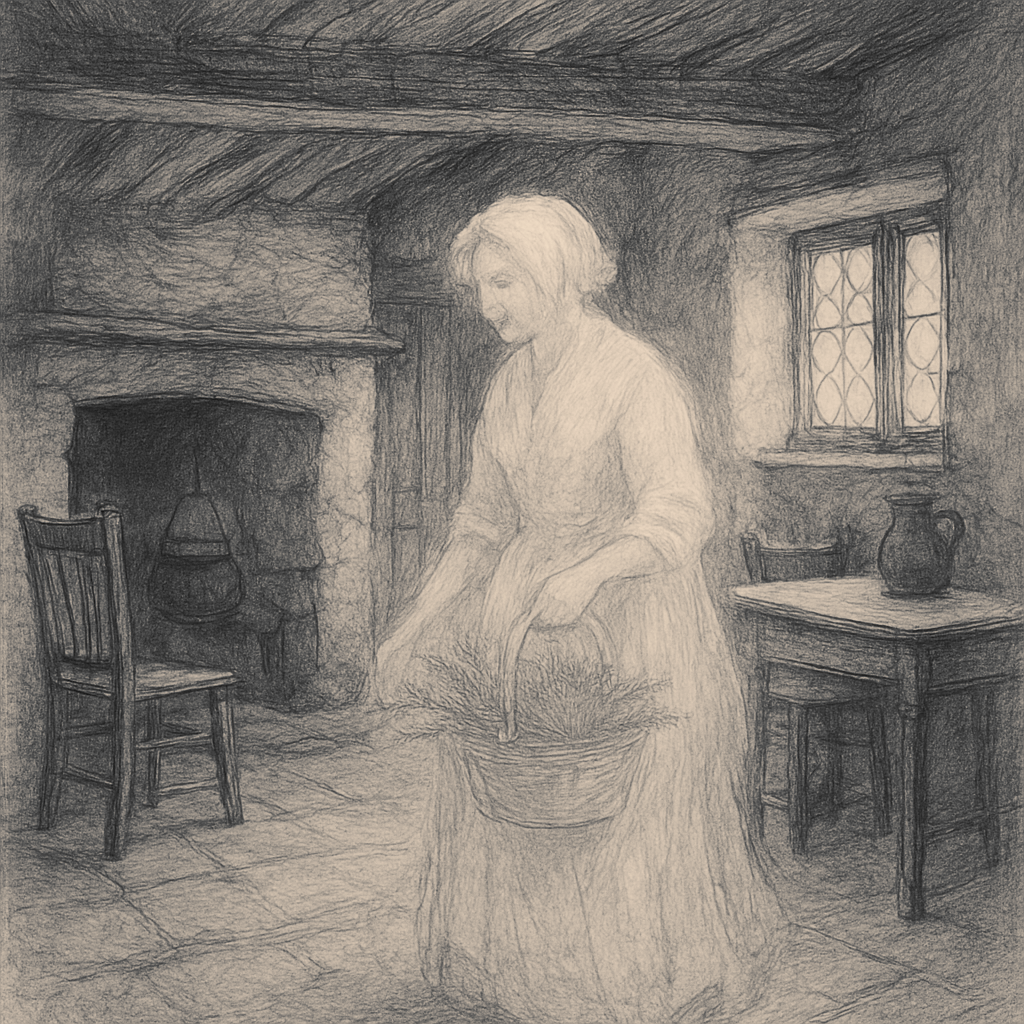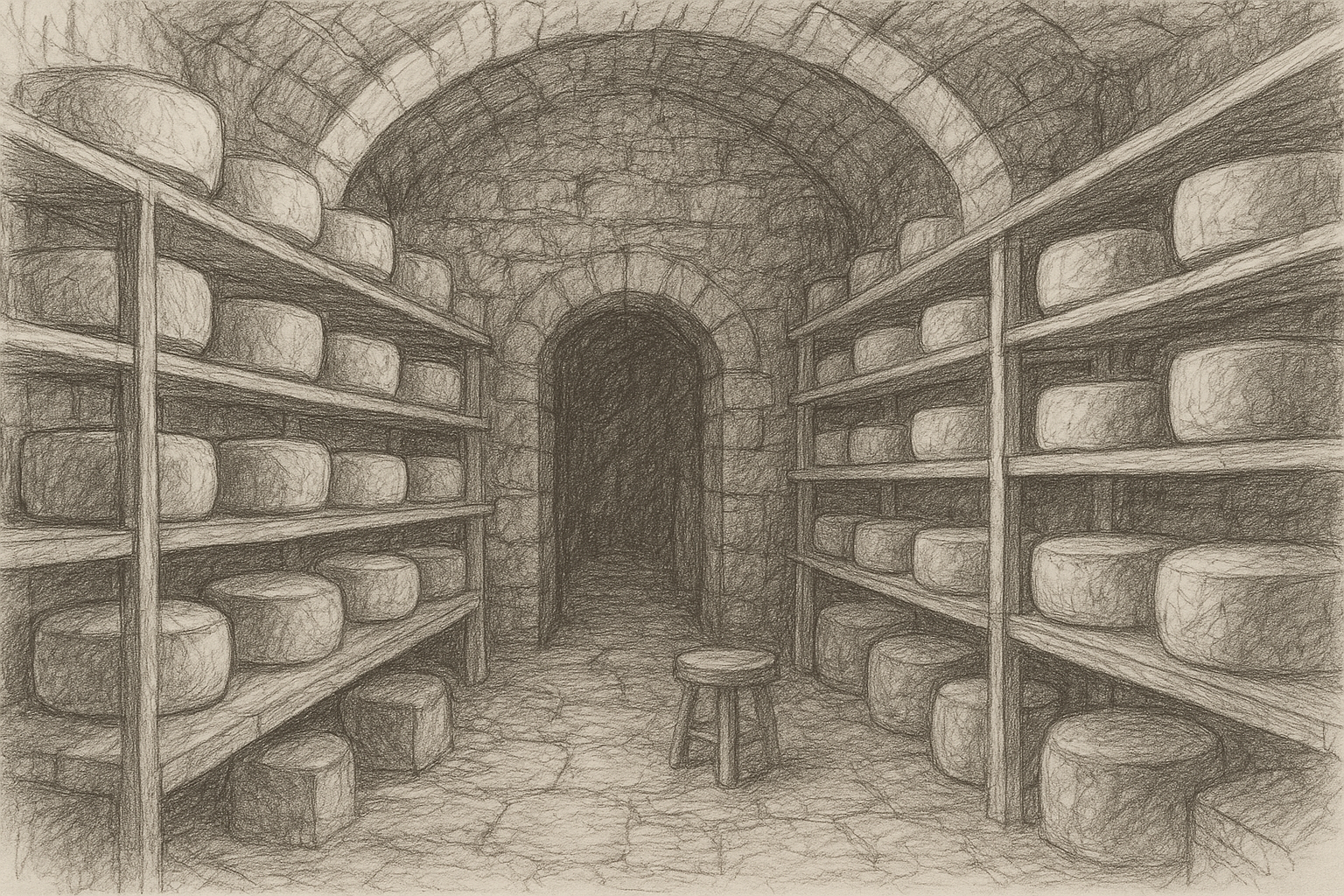'The Thing' at the Theatre Royal Bath
Dearest Readers
I hope you're prepared as I am about to tell you one of the most chilling and blood curling tales from the Theatre Royal, Bath.
I am not sure exactly what time period this is from and so its unknown whether this just happened the once whether it as happened since or prior to this occasion.
I have changed the name of the witness
Simply called The Thing....
John, as we shall call him, had just finished locking up after the night show.
He turned to walk through the corridor that led to the stalls ,the walls of the corridor were bare apart from a couple of tattered old posters of shows from the past.
One of the posters caught his eye and John remembered that particular show as one of his friends had been in it, so he stopped to see whether the name of his friend was on the poster, but little did John know that he was not alone in the corridor that night and that something truly horrific was about to happen.
As John continued to look at the poster, he was unaware of this insidious being that was slowly forming behind him, as he was looking through the list of names on the poster he found his friend and as he did he felt a prickling sensation sweep over his back.
John knew without any doubt that something or someone was behind him.
He felt as if he was in a field of static electricity and every nerve and fibre of his very being was tingling with fearful anticipation, there was something not right going on behind him and John was too afraid turn around to see what it was.
But as he continued to look at the poster, he just couldn't focus on the words and was so conscious of the presence of whatever it was behind him that he knew he would have to face it.
John steeled himself, ready to confront whatever was behind him and he quickly looked round, but he wasn't prepared for what he saw and his mind he felt go fuzzy as it tried desperately to comprehend what it was manifesting in front of him.
It was the rough shape of a human but blurred at the edges and it seemed to be made of swirling black pulsing smoke as if it was trying to form but couldn't quite manage it.
It had what can only be described as an awful looking face or faces as it kept rapidly changing from one face to another as if there were hundreds of faces all trying to get through at once, it then tried to lean towards him, which is when John feared if it touched him, he would die..
The black smoky pulsing mouth opened really wide as if it was going to scream and John was terrified at the sound he might hear but and it just kept on opening until the whole head part of it was one big gaping hole then the rest of its the swirling smoke mass flowed up into that hole like smoke going up into a chimney rolling in on itself and then just disappeared.
John ran to the bar manager who was in another area and told him his story, at first his colleague thought that John had been drinking, but soon realised that he wasn't somebody that would make that kind of thing up.
So the bar manager had a look around that same area where John had described just seeing it, and had almost given up when he felt a strange ominous sensation behind him.
After hearing John's story, he didn't want to turn around to find out, but he was in no doubt that what John experienced had been something very frightful.
So what was it ?
Other people have experienced seeing similar smoke like phenomenon including a lady who wrote in a letter to a friend that worked at the theatre thant when she last visited and was watching a show, witnessed a white cloud like funnelling smoke spiralling on the stage and disappearing up into the Gods.
She thought at first that it was smoke and part of the act but then realised that it wasn't, then was wondering where the fire was? she was very intrigued with this.
So was it the same thing? but a different manifestation? as it certainly sounds very similar in the way it moved.
The Grey Lady is also said to manifest in a swirling smoke like phenomena before she appears but this thing seems completely different.
Is there some kind of vortex within the theatre ? it would be interesting to know what the theatre was built on how this came to be.
This is such an intriguing phenomenon and seems absolutely terrifying.
It would be interesting to know whether anything remotely like this has ever happened even in the last 20 years or so ?
What are your thoughts?
Source - Paranormal Bath by Malcolm Cadey
Rewritten - © P Wallace - Bath & Somerset Paranomal
AI Artwork - © Somerset Paranormal
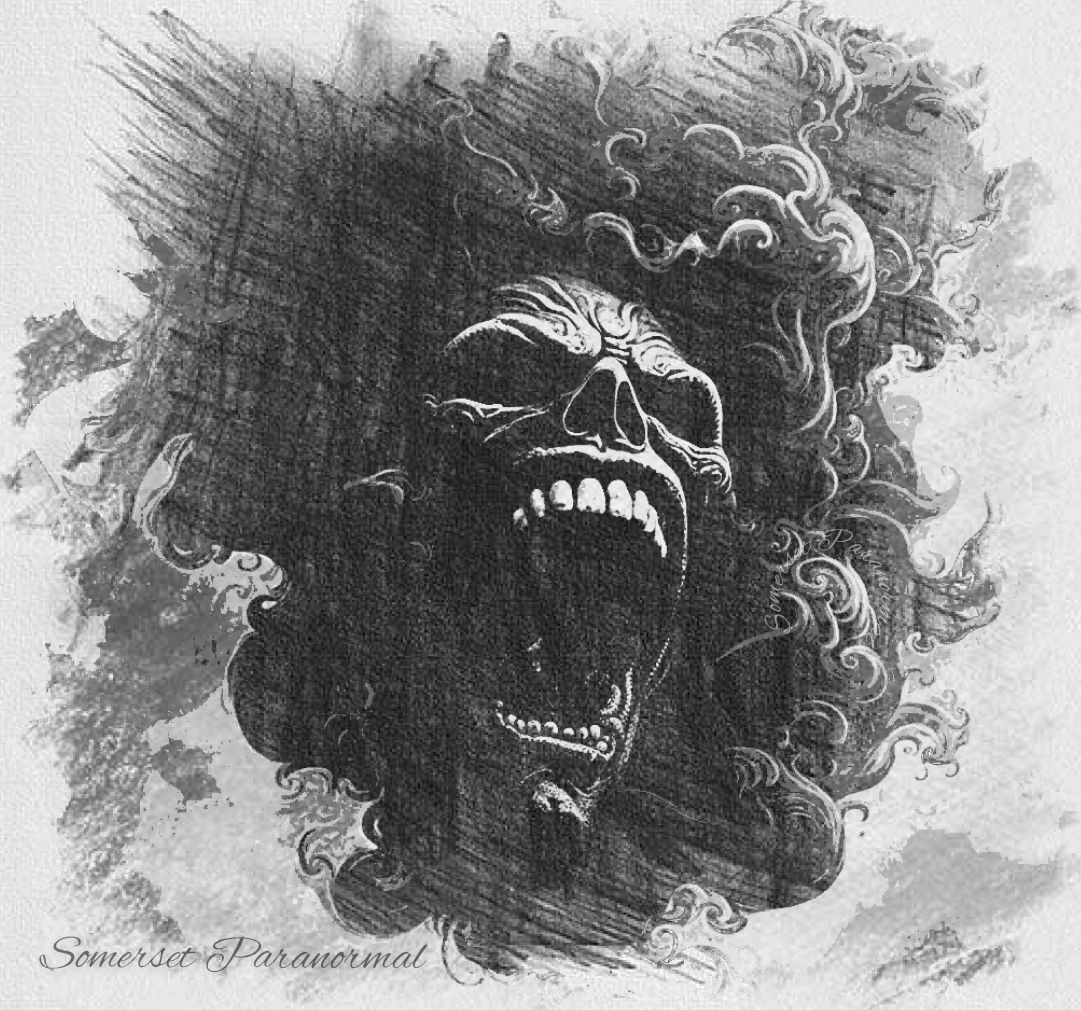
Share
